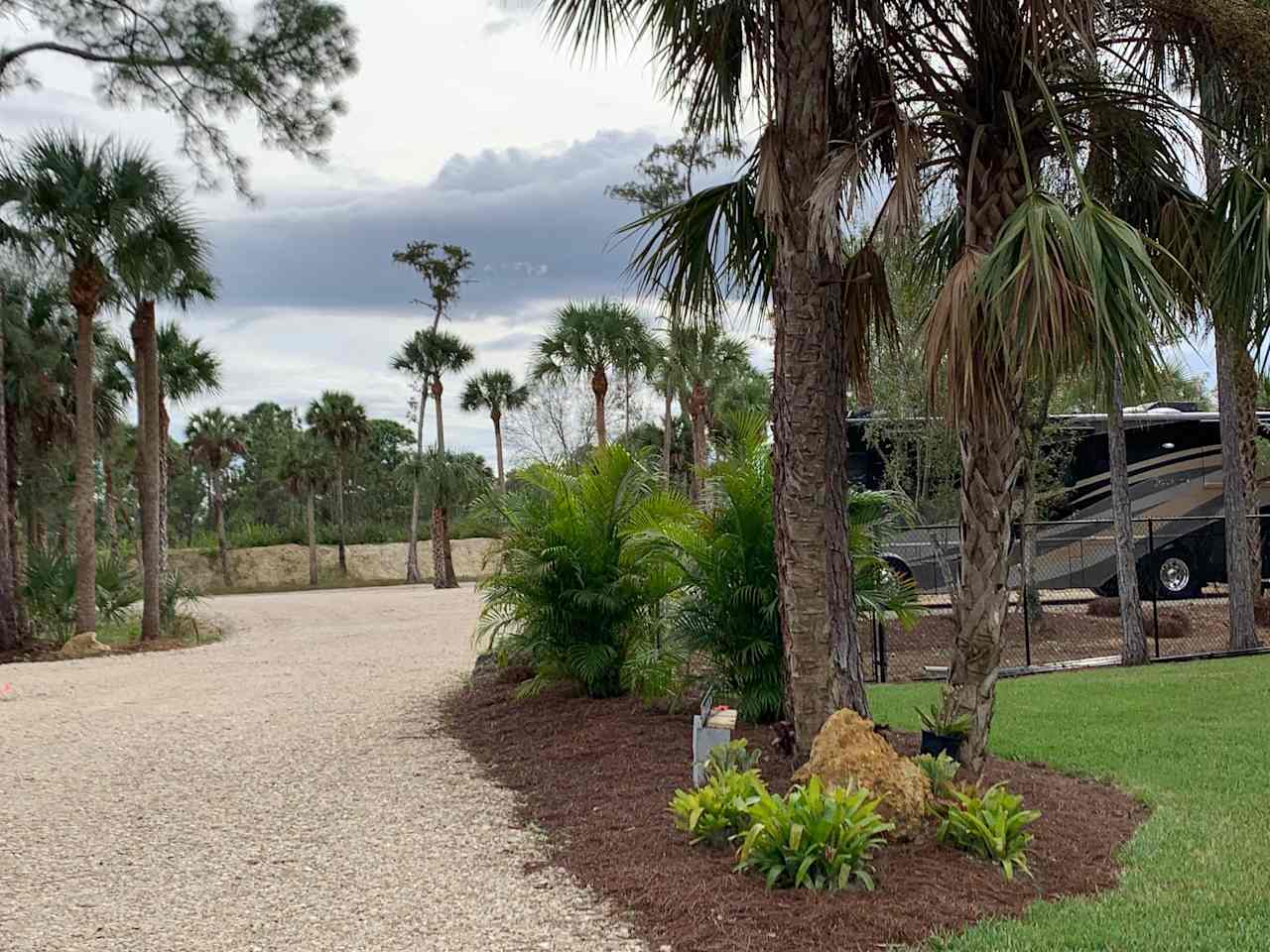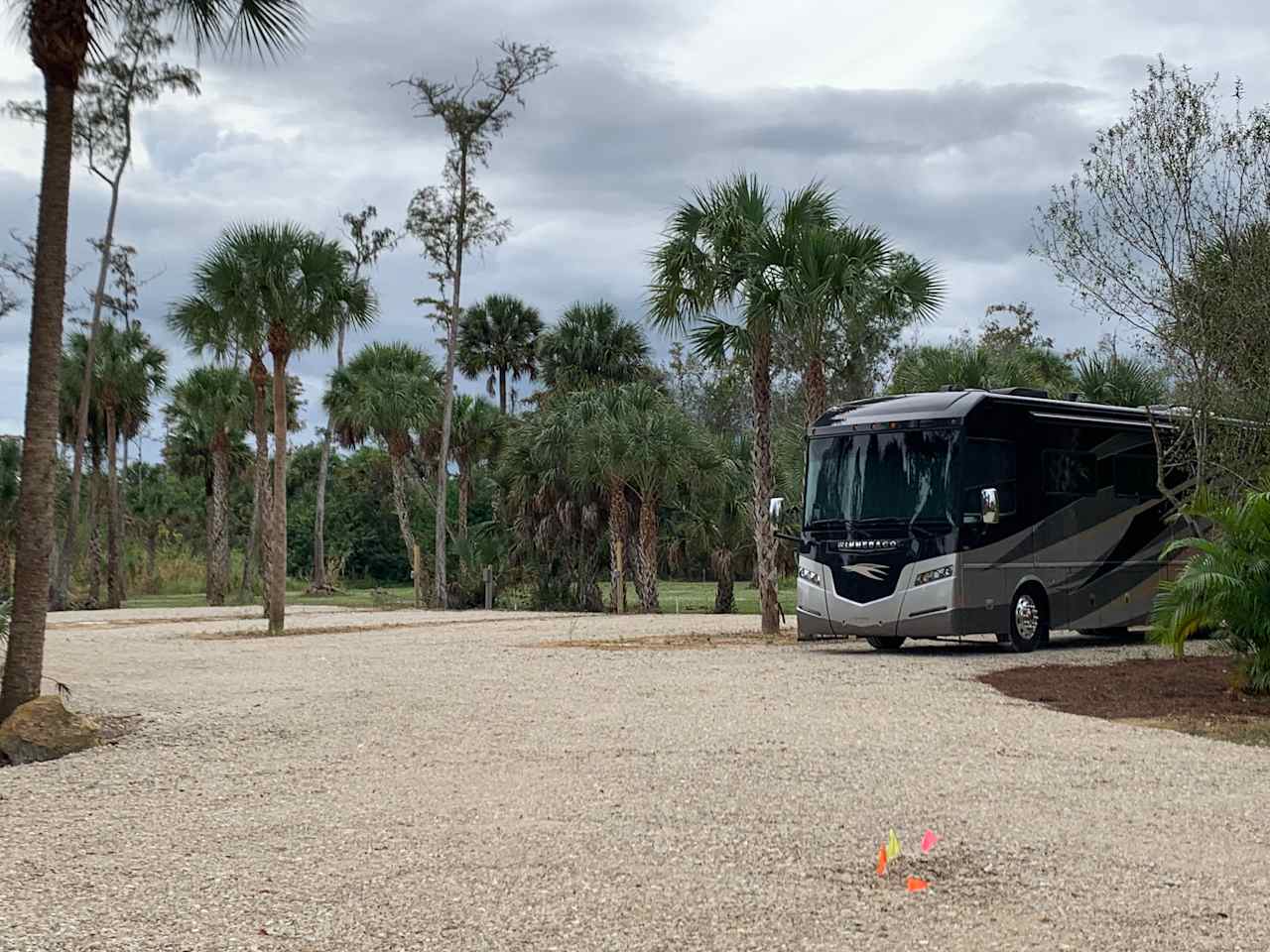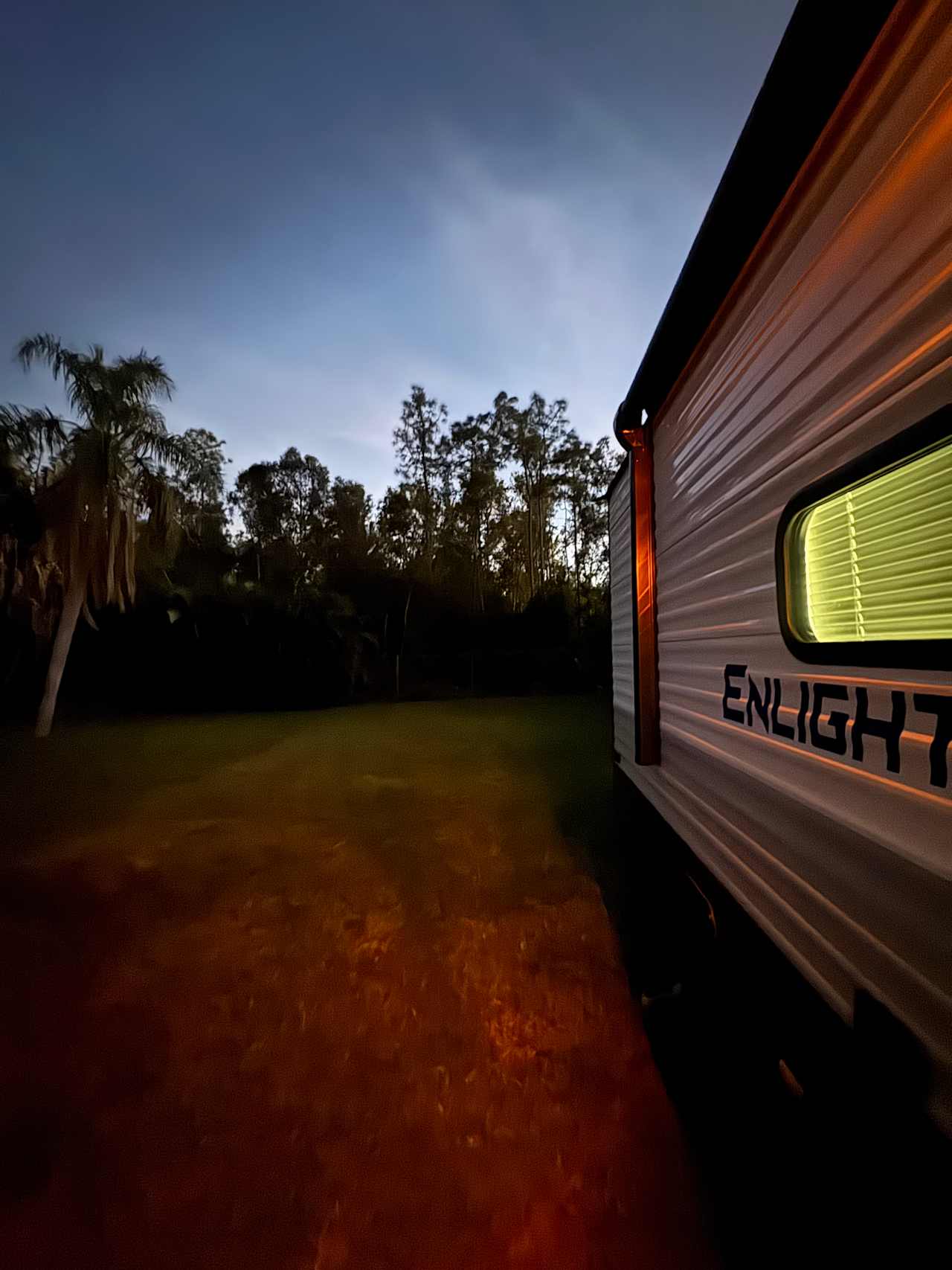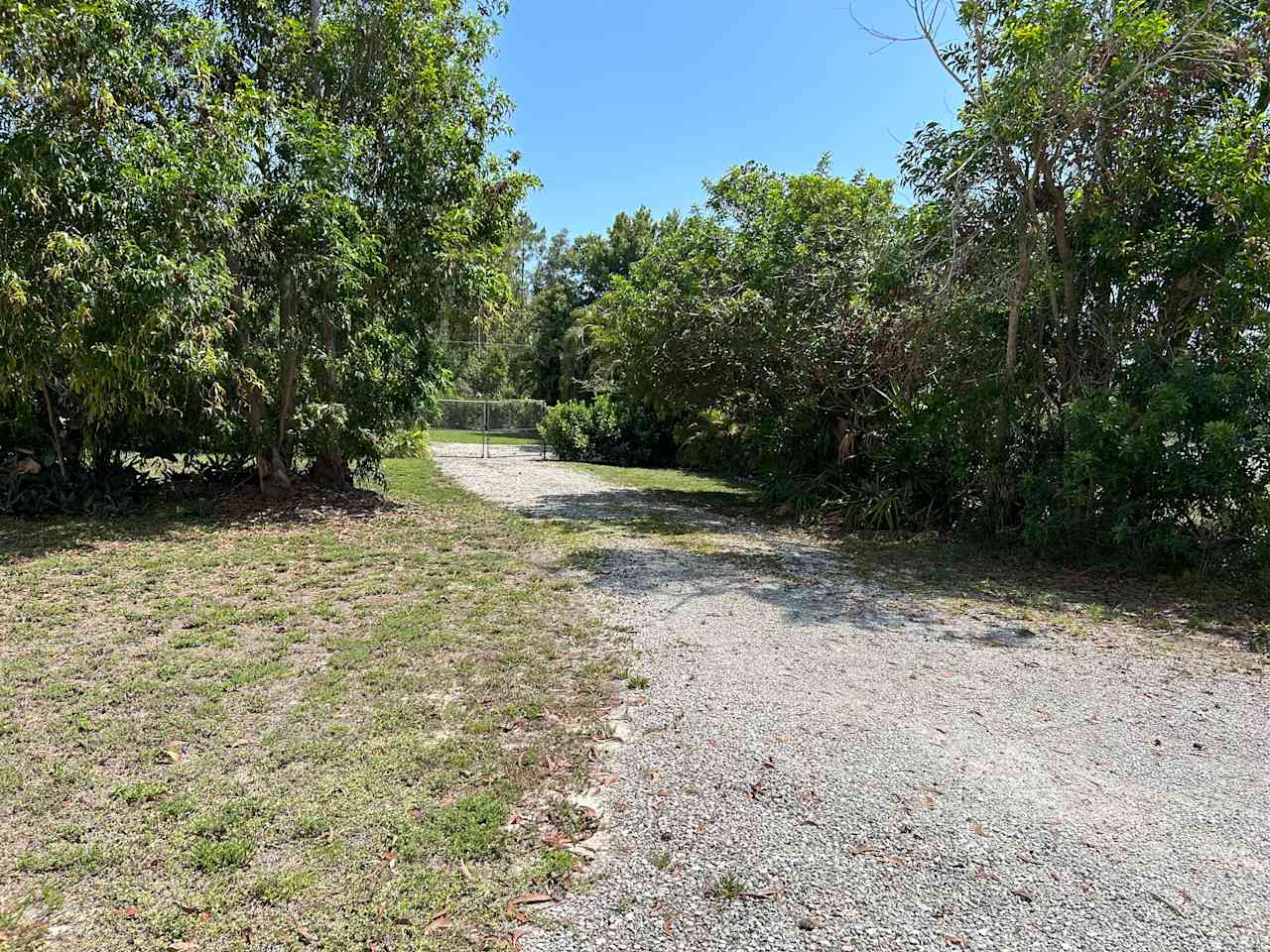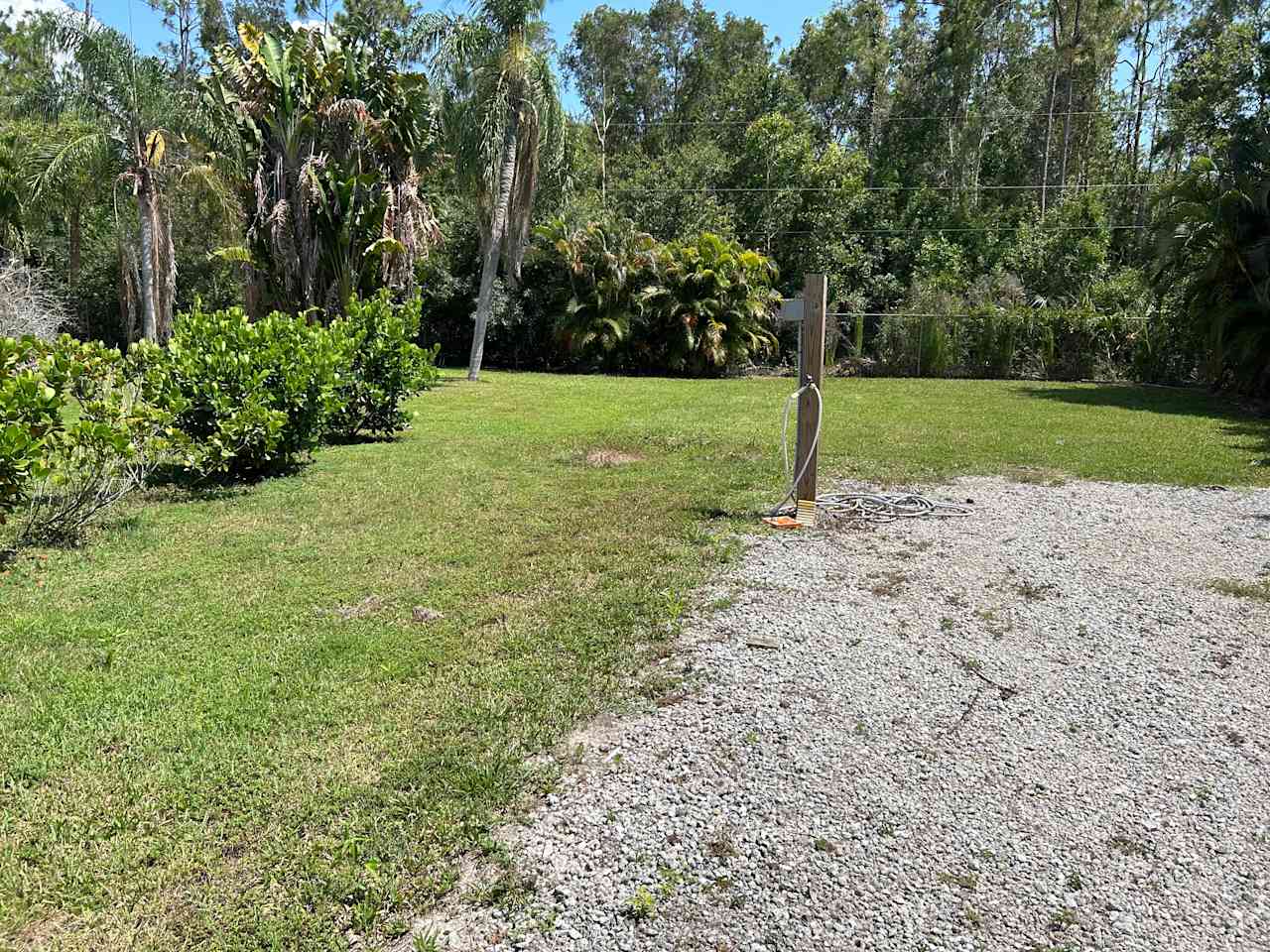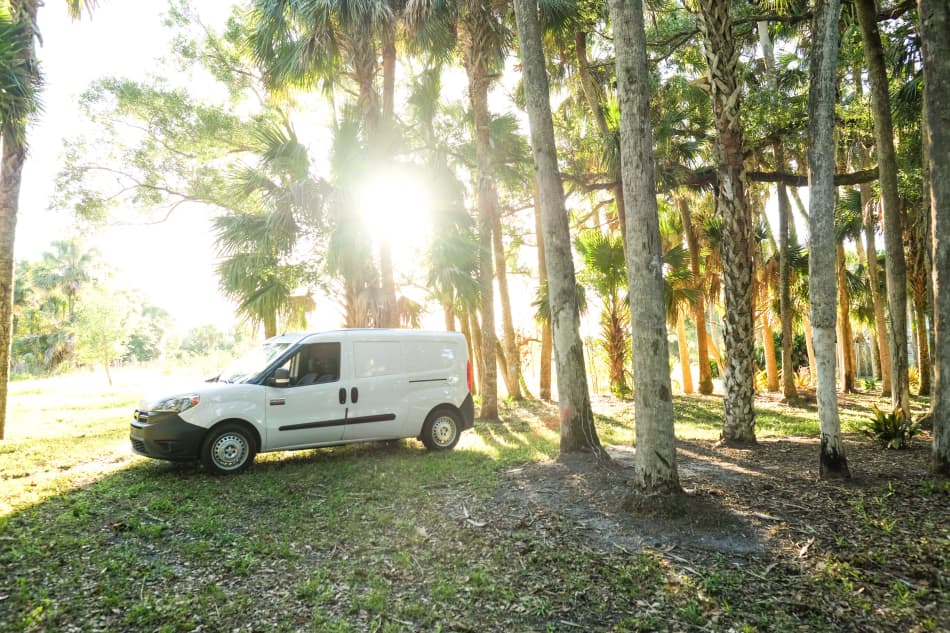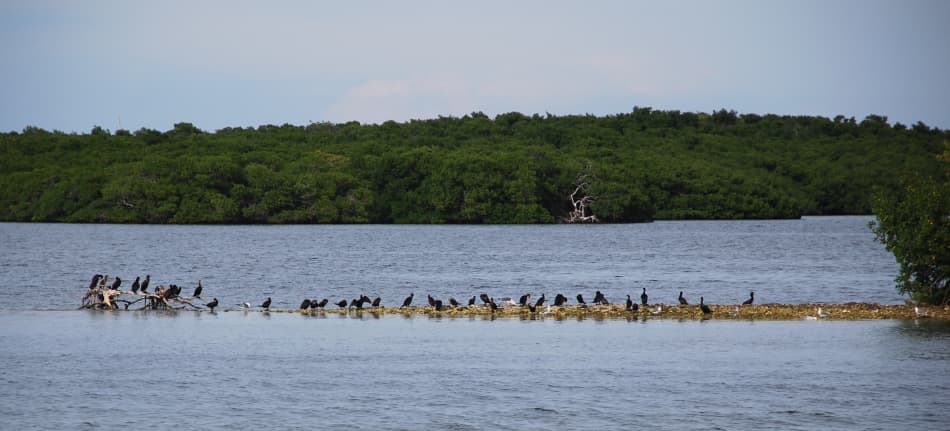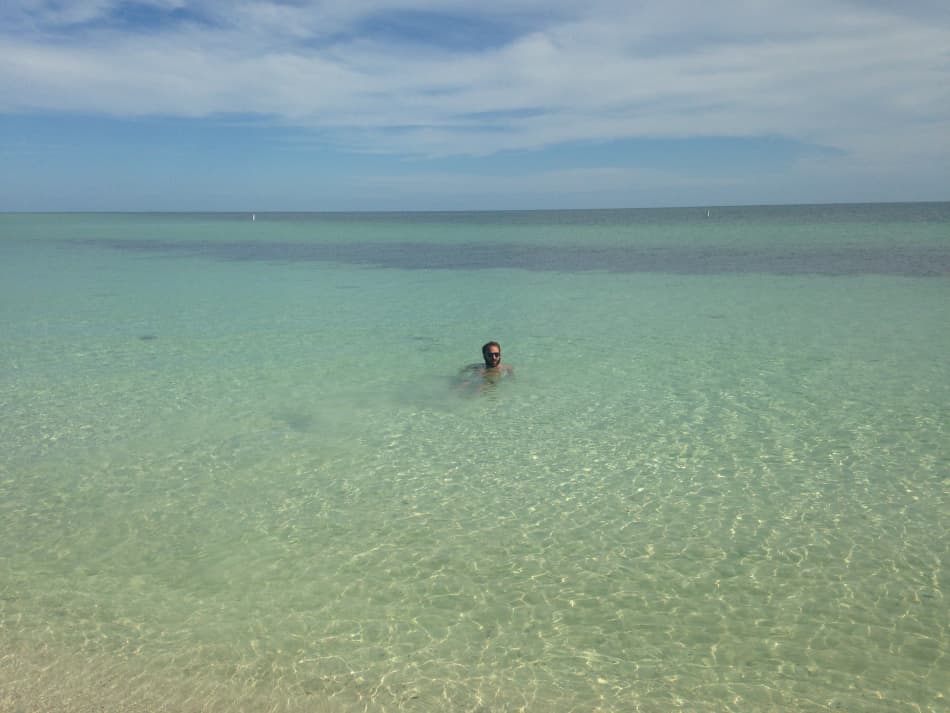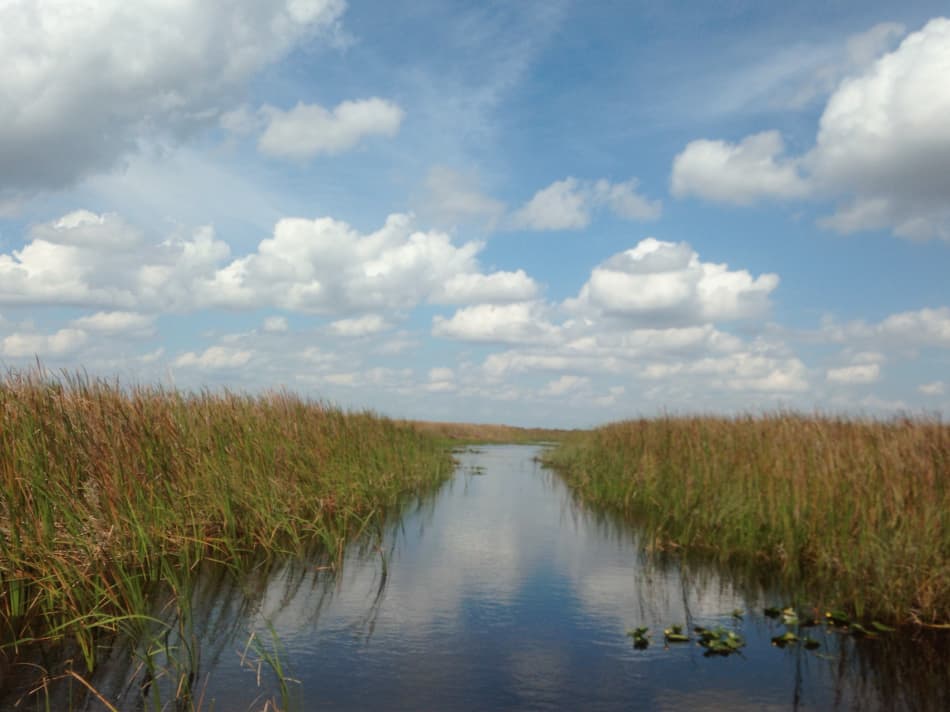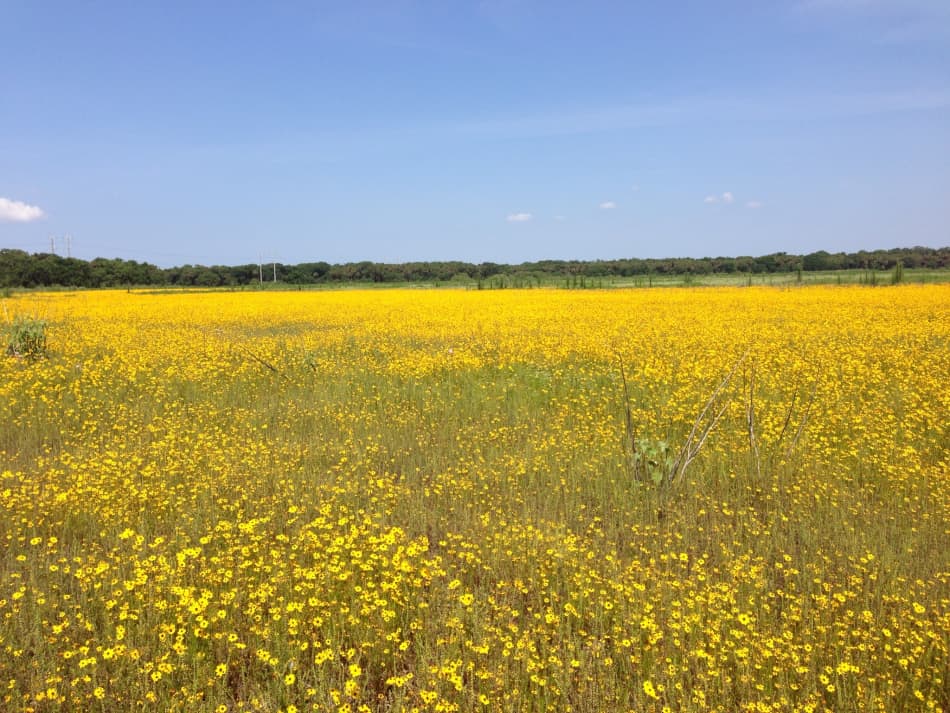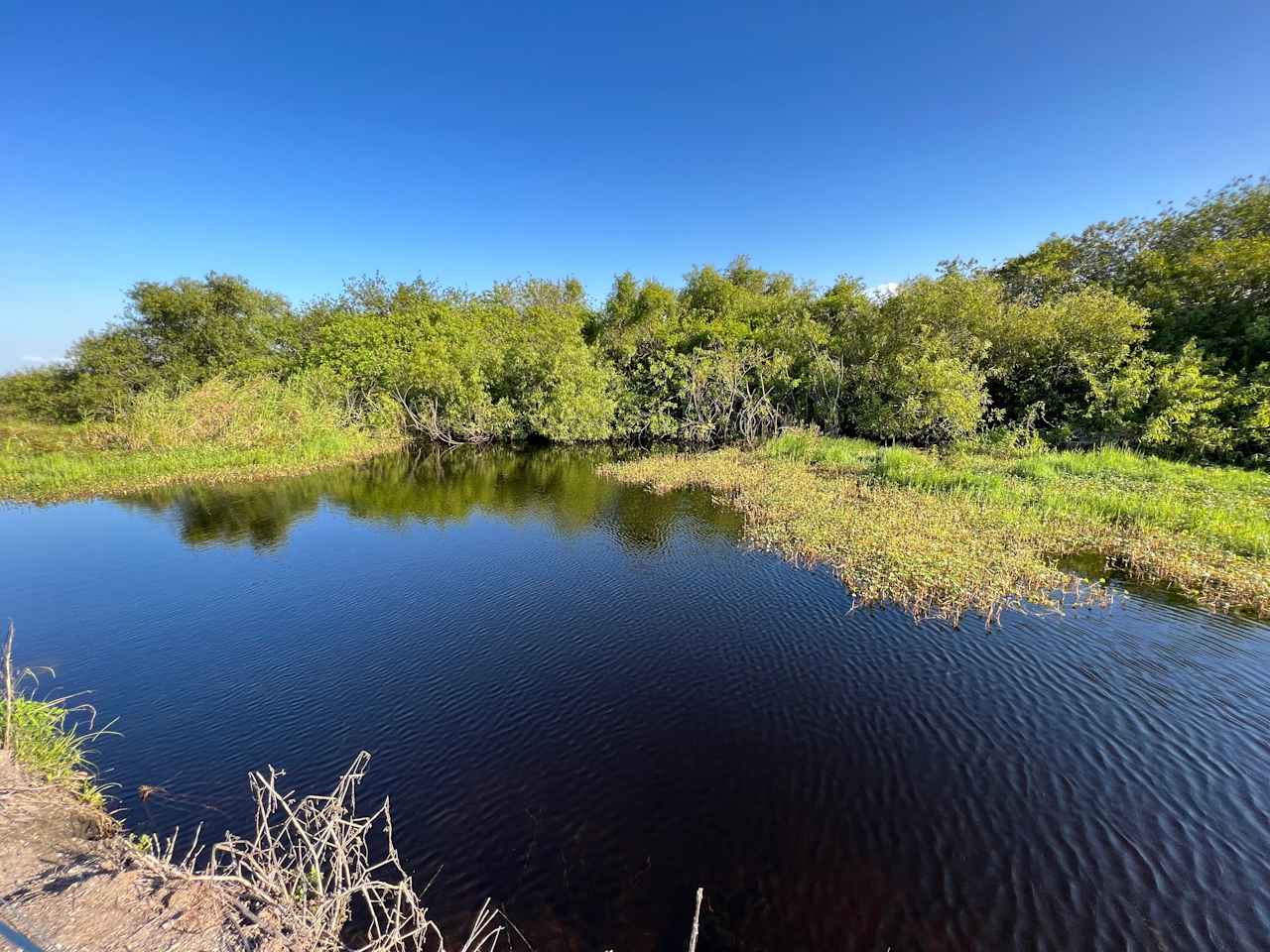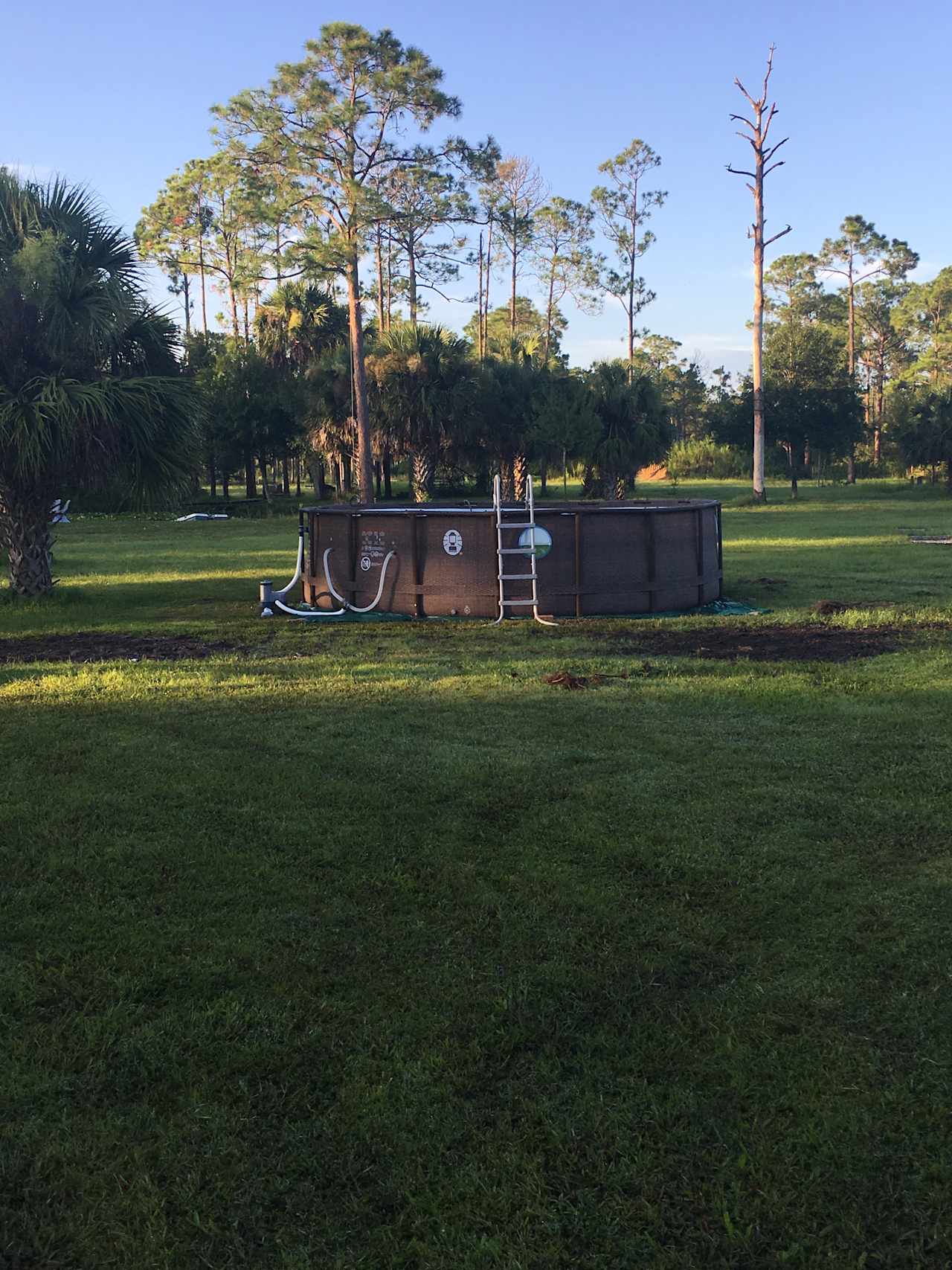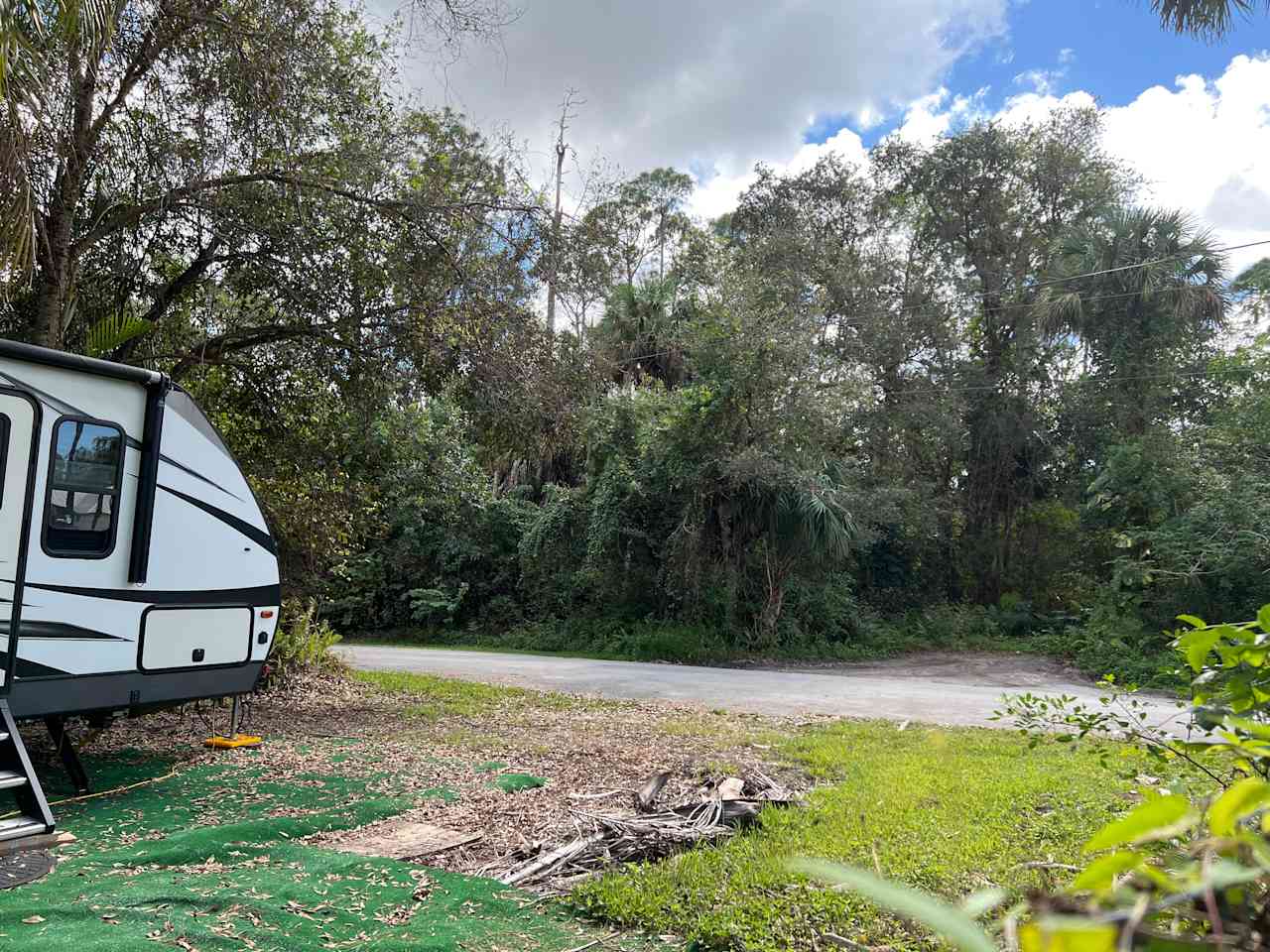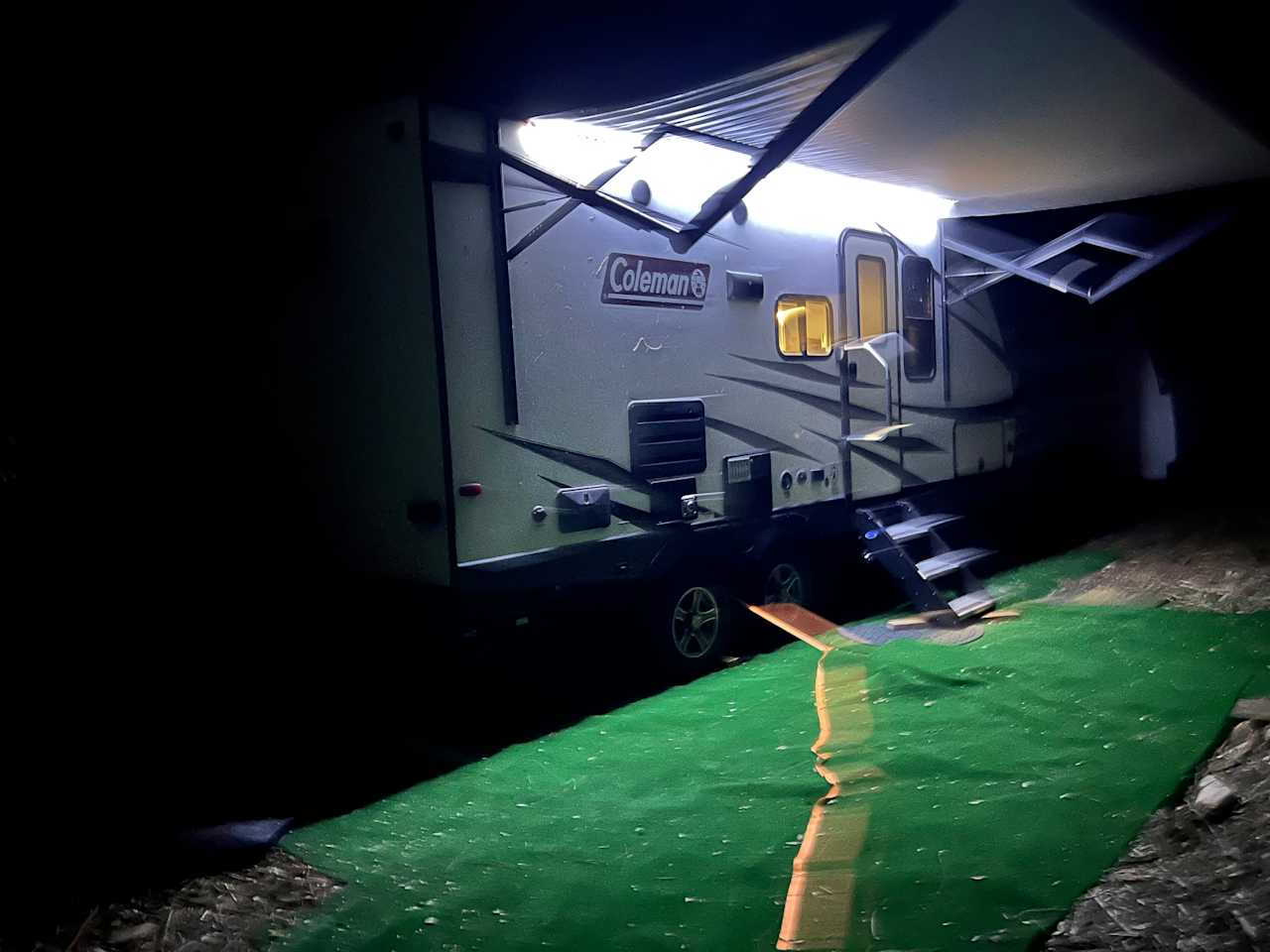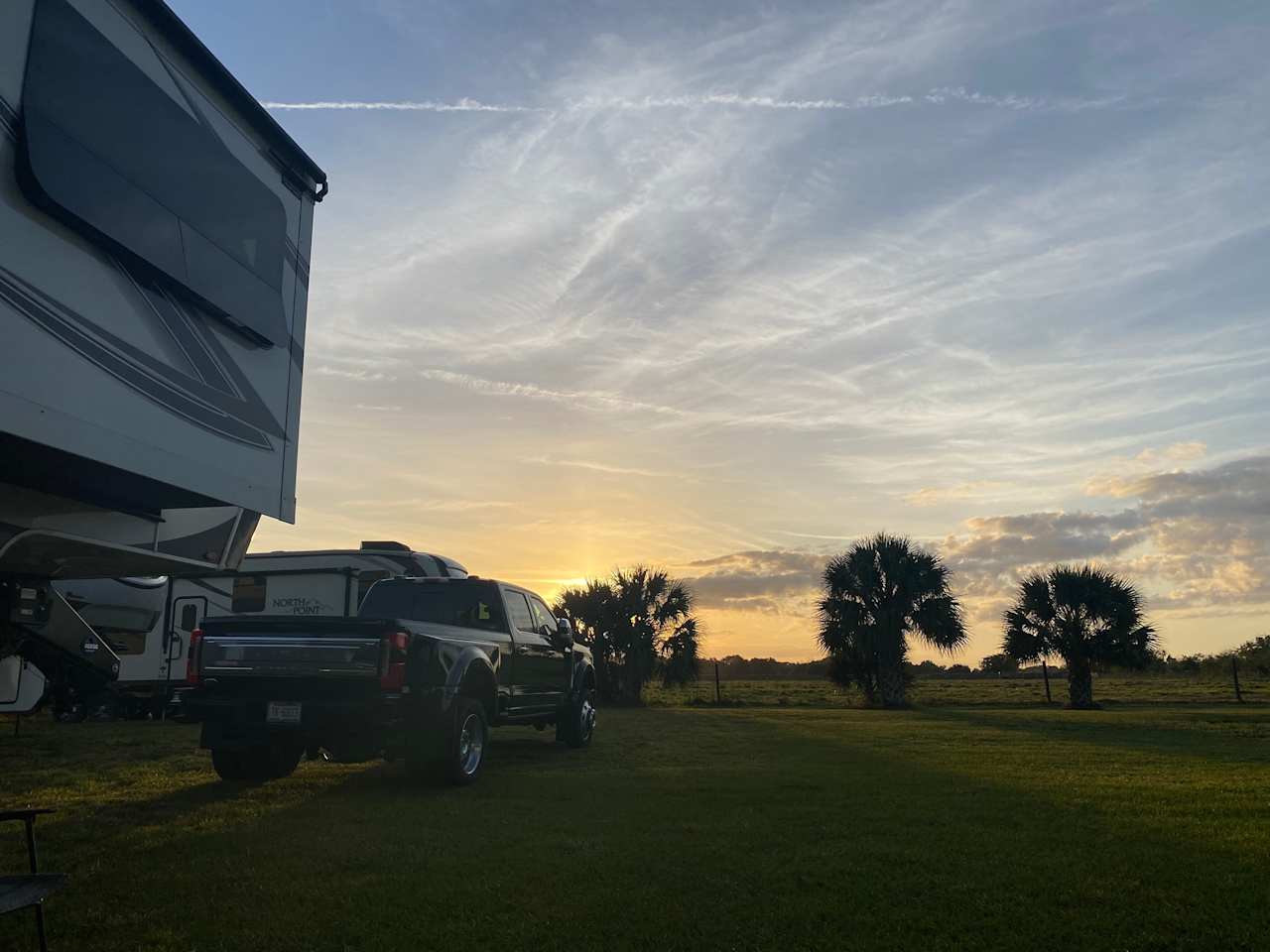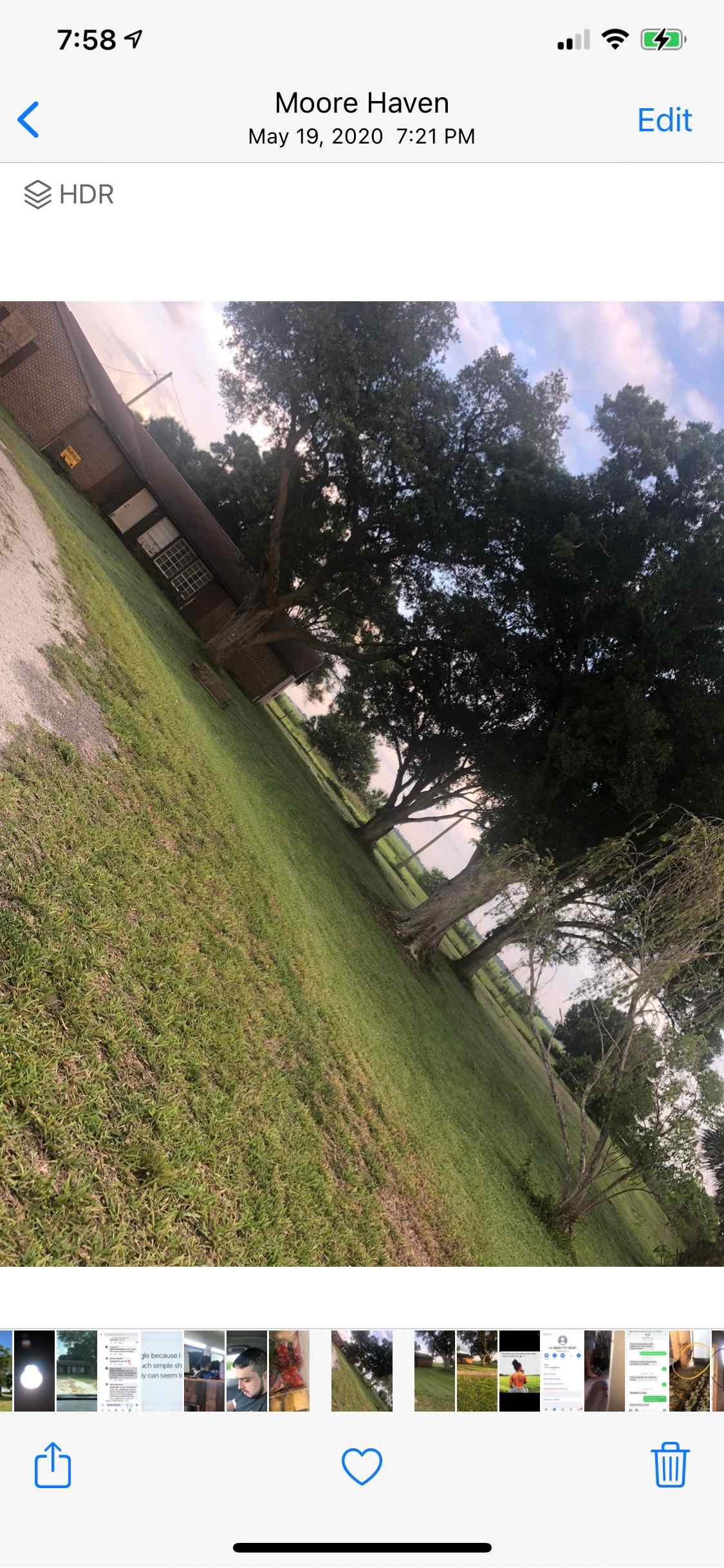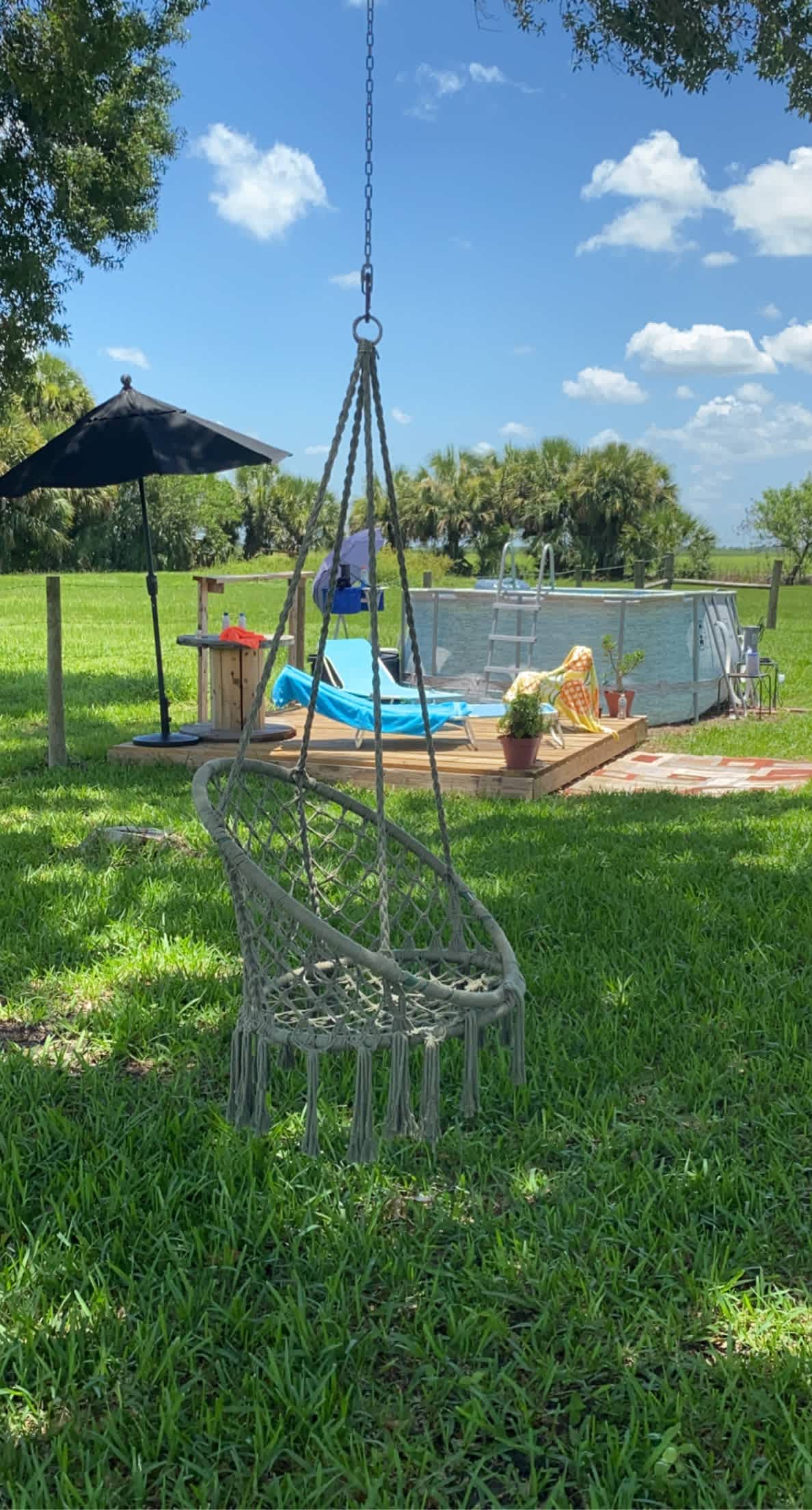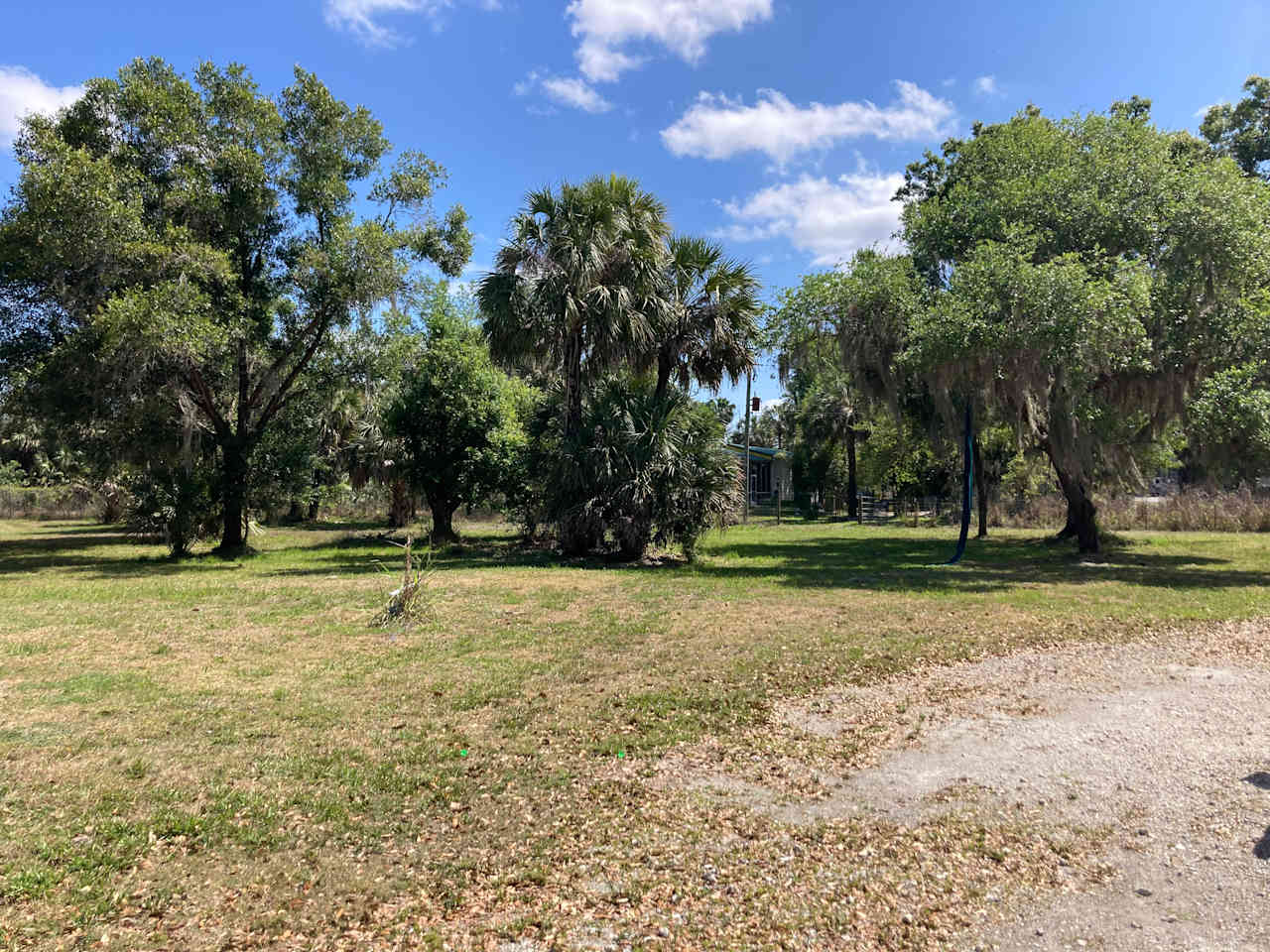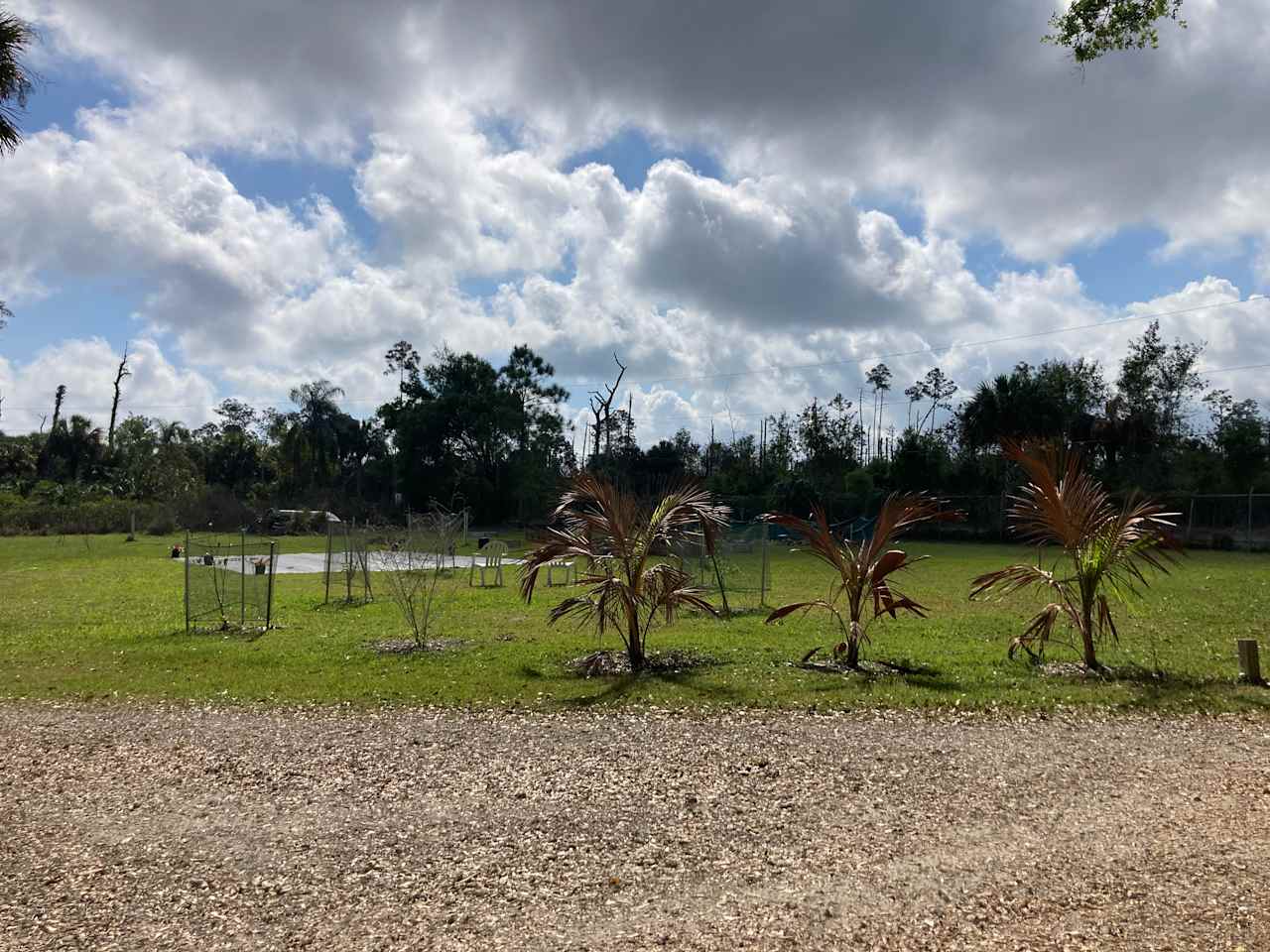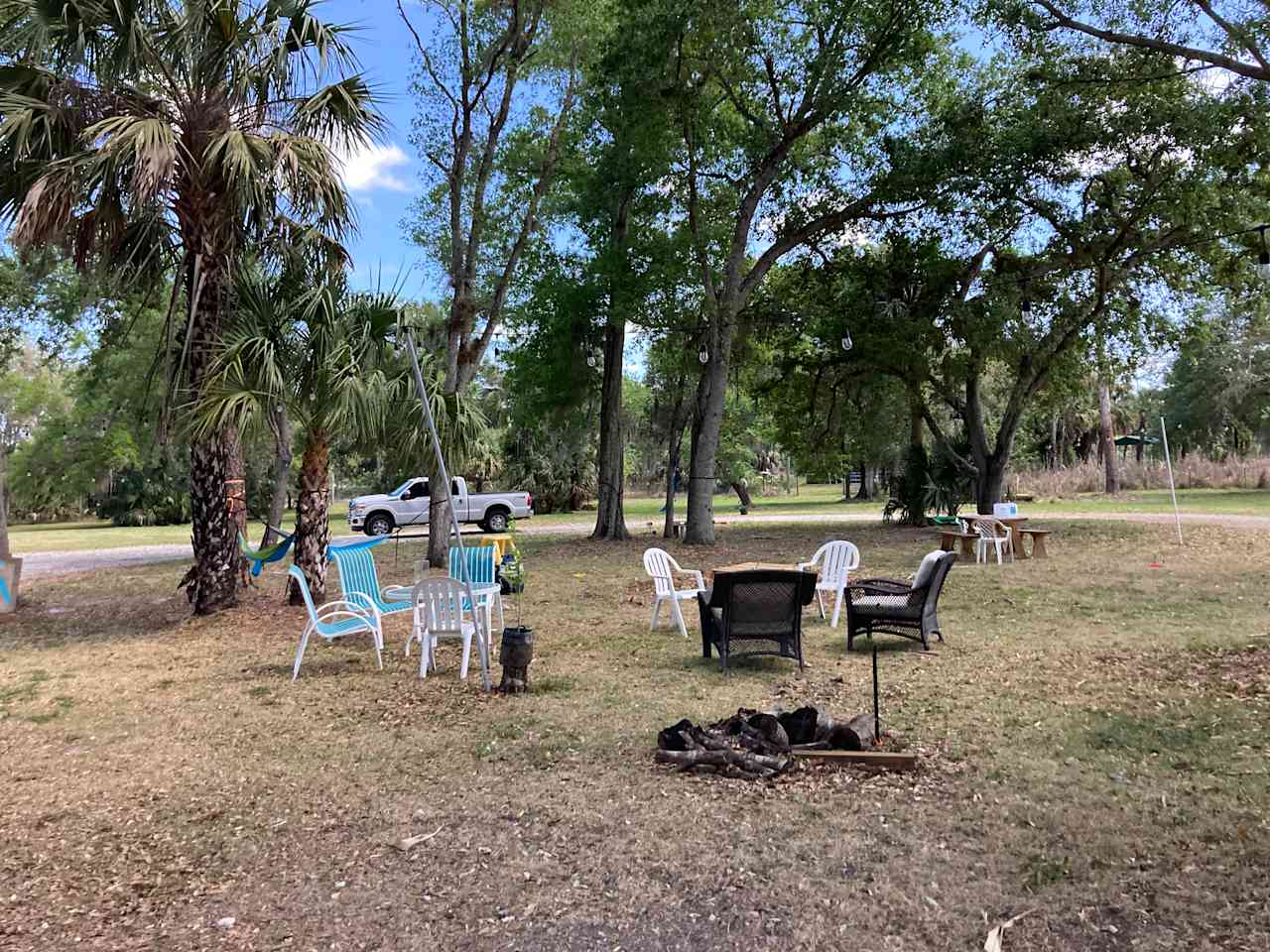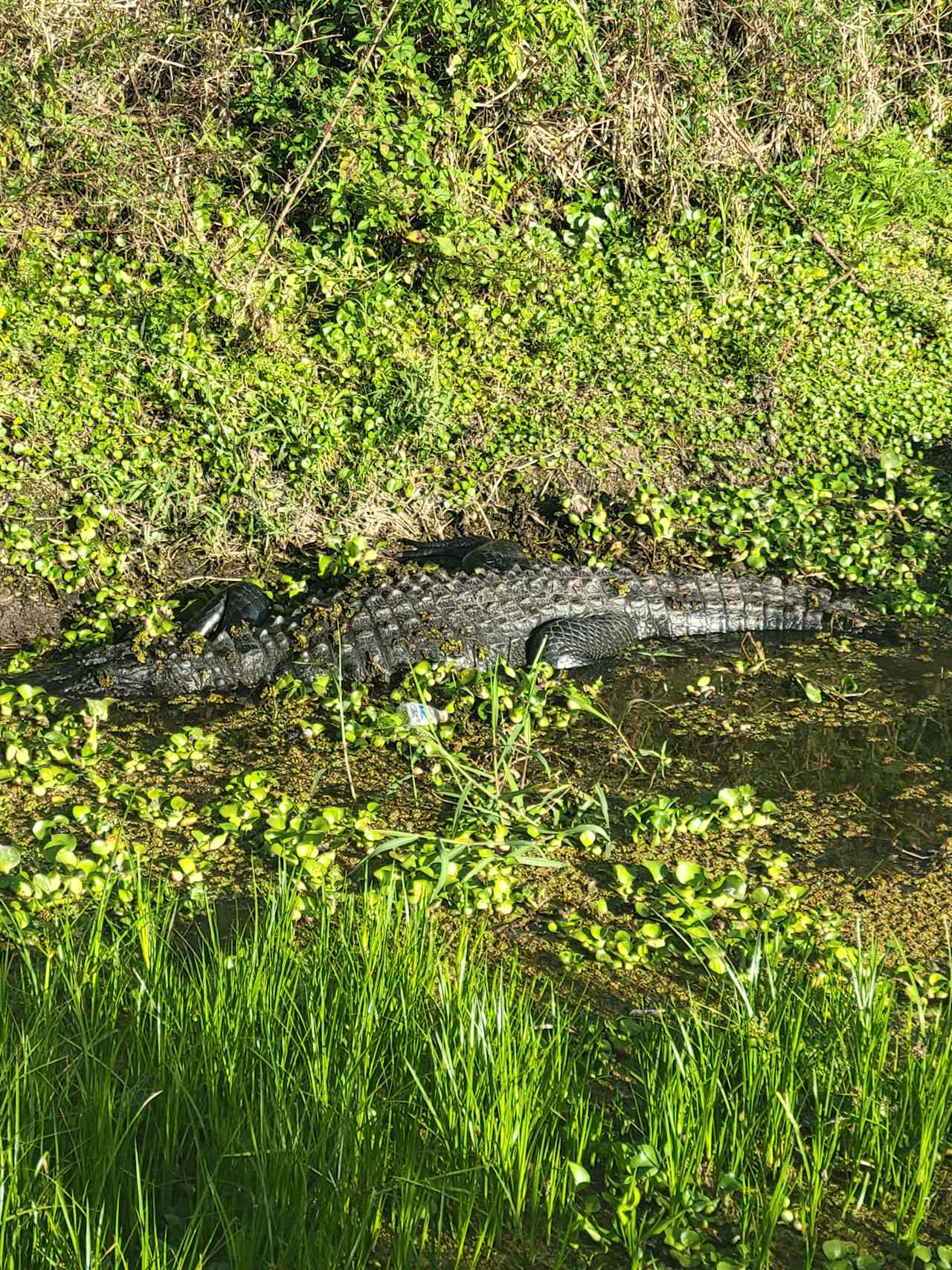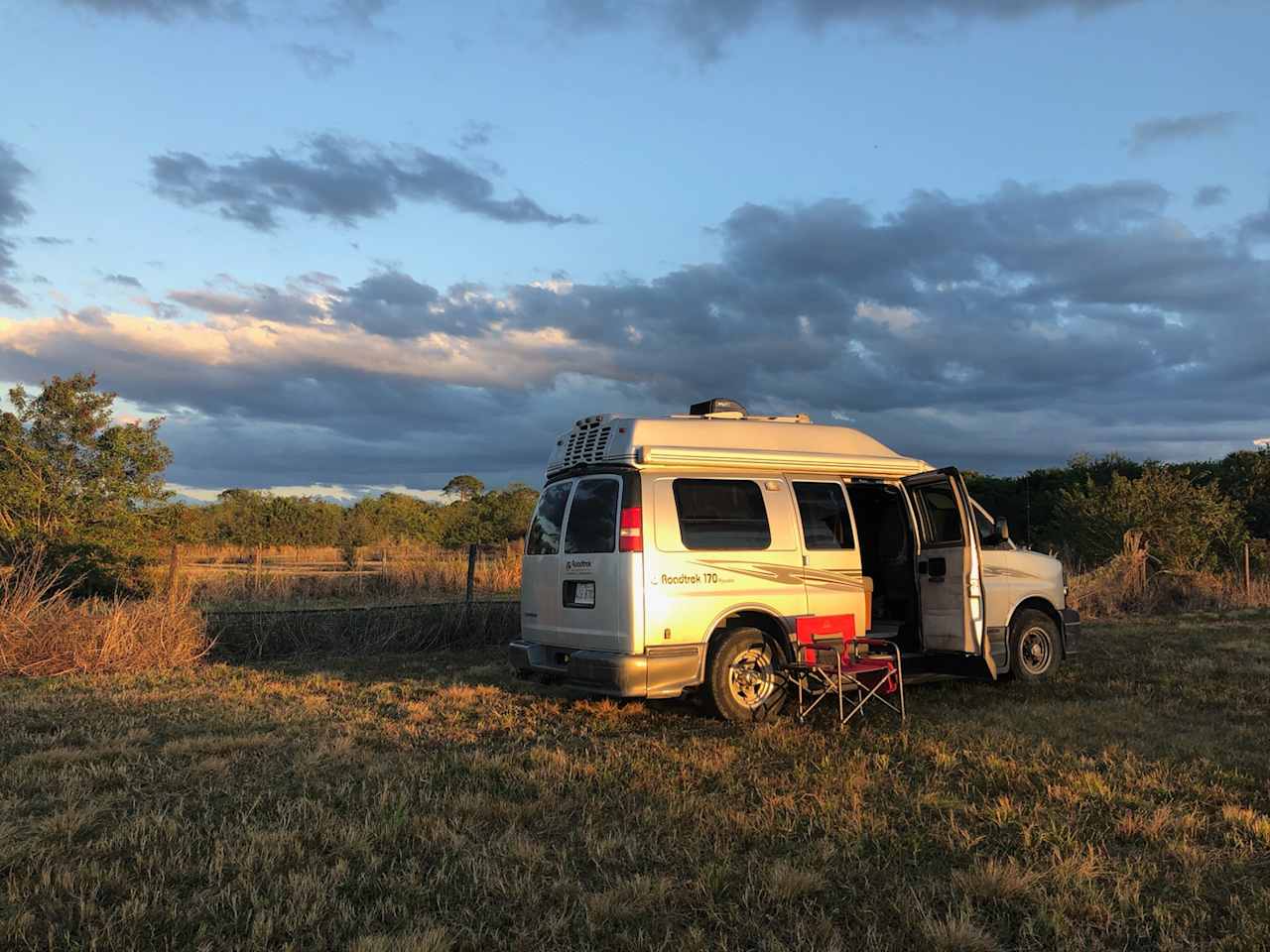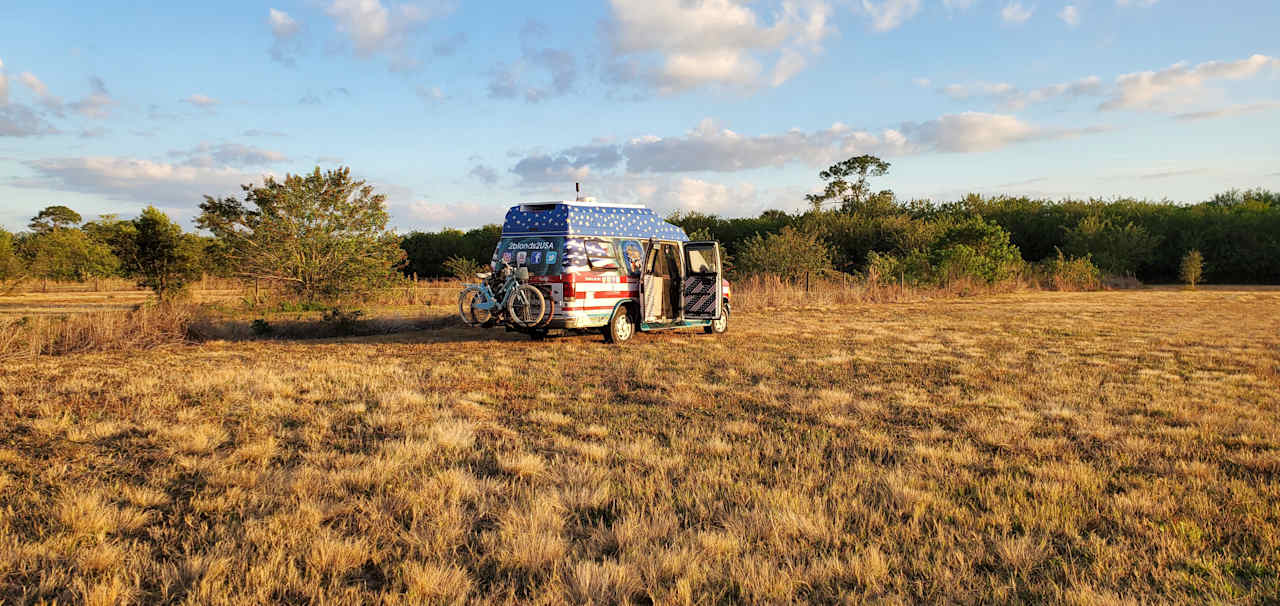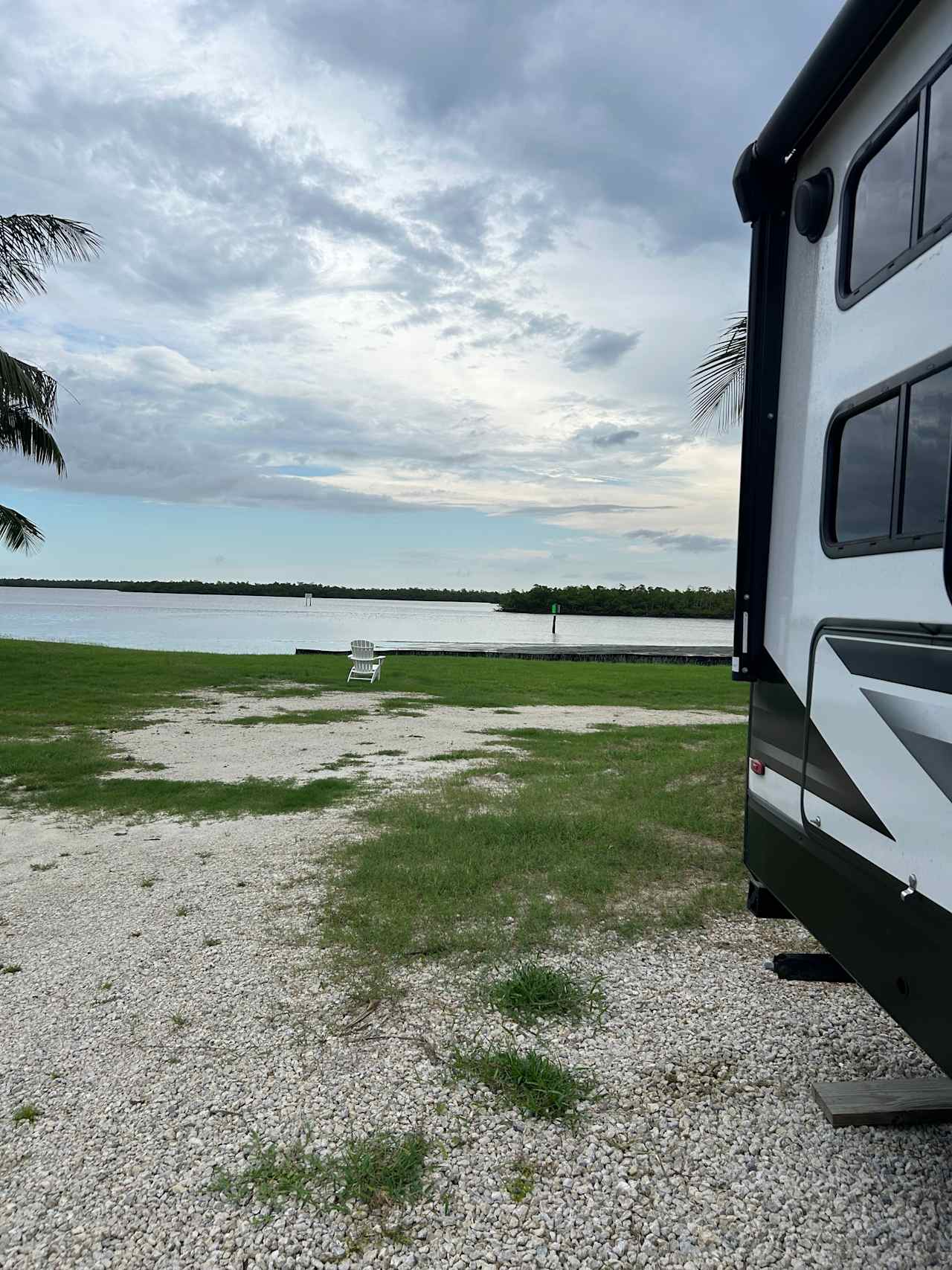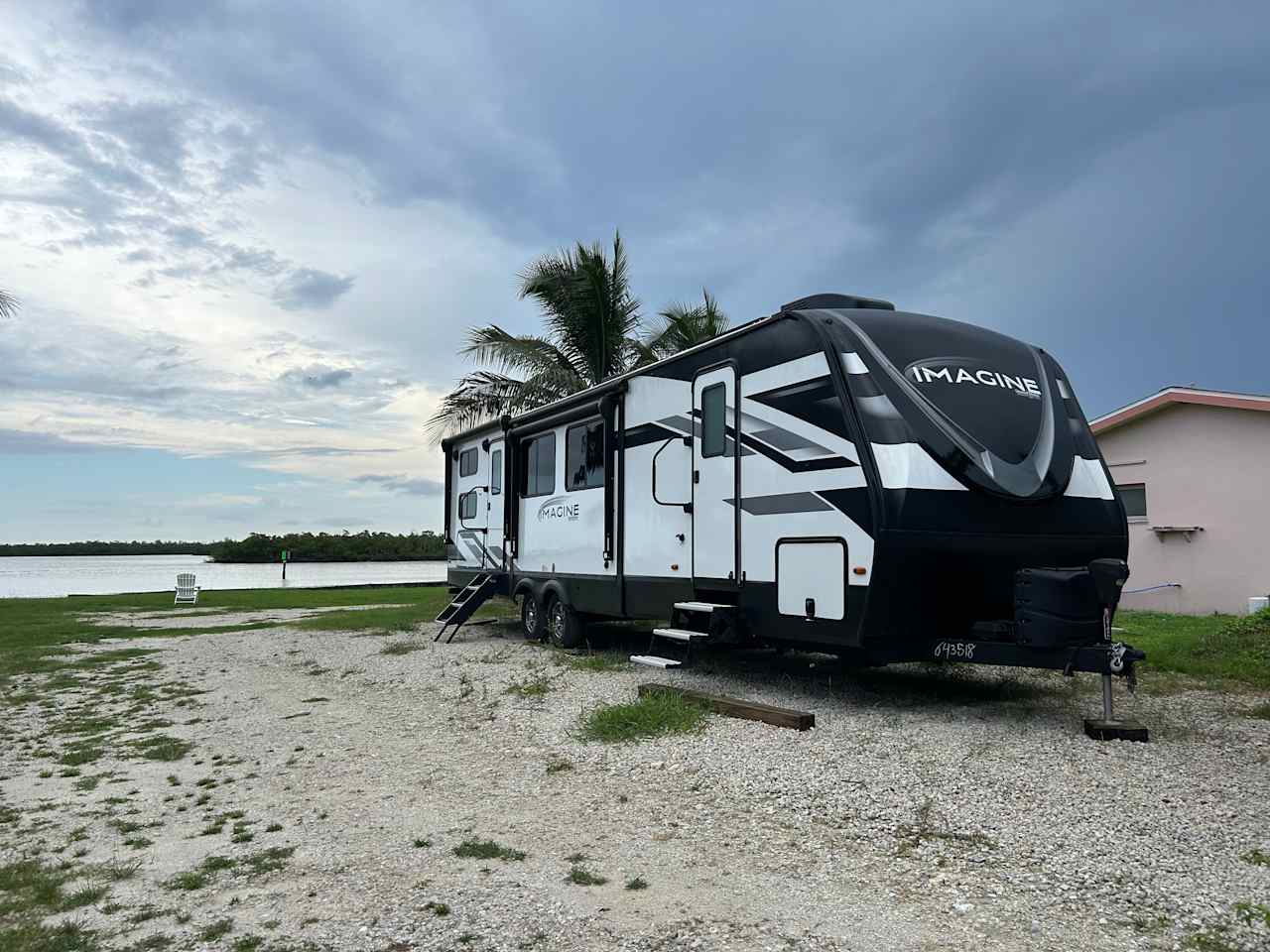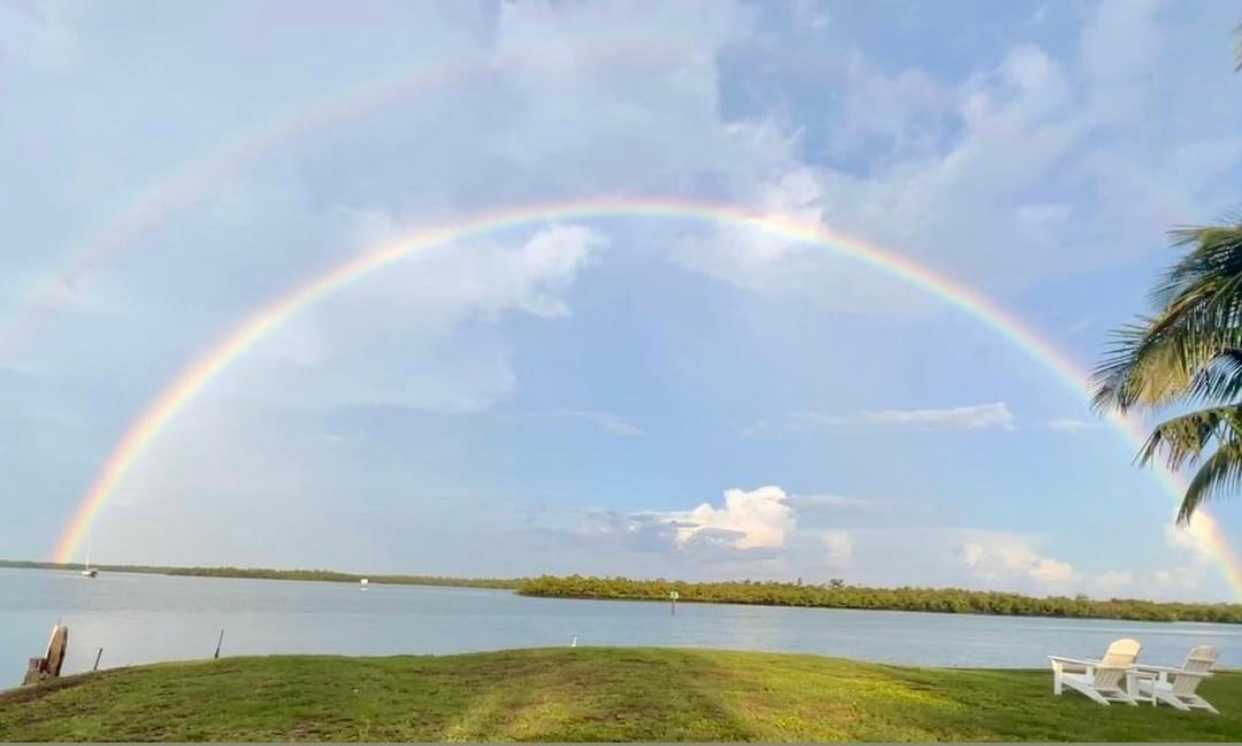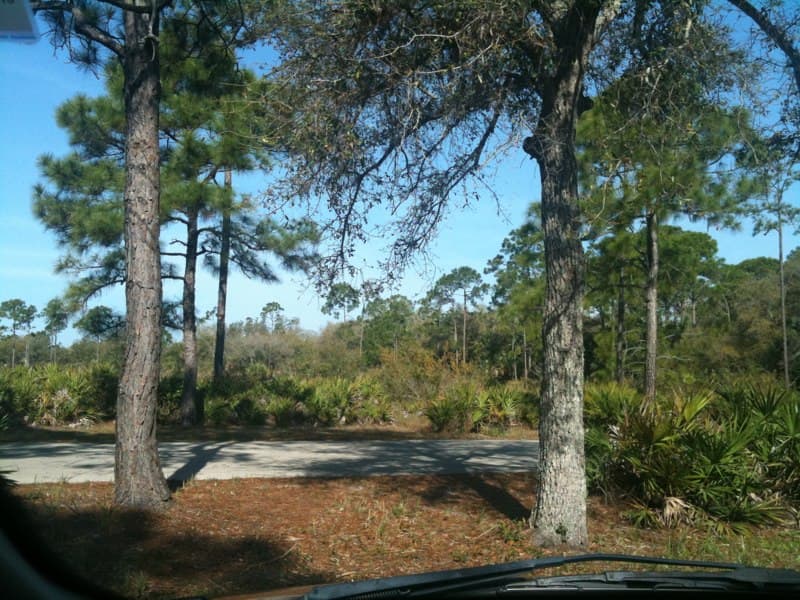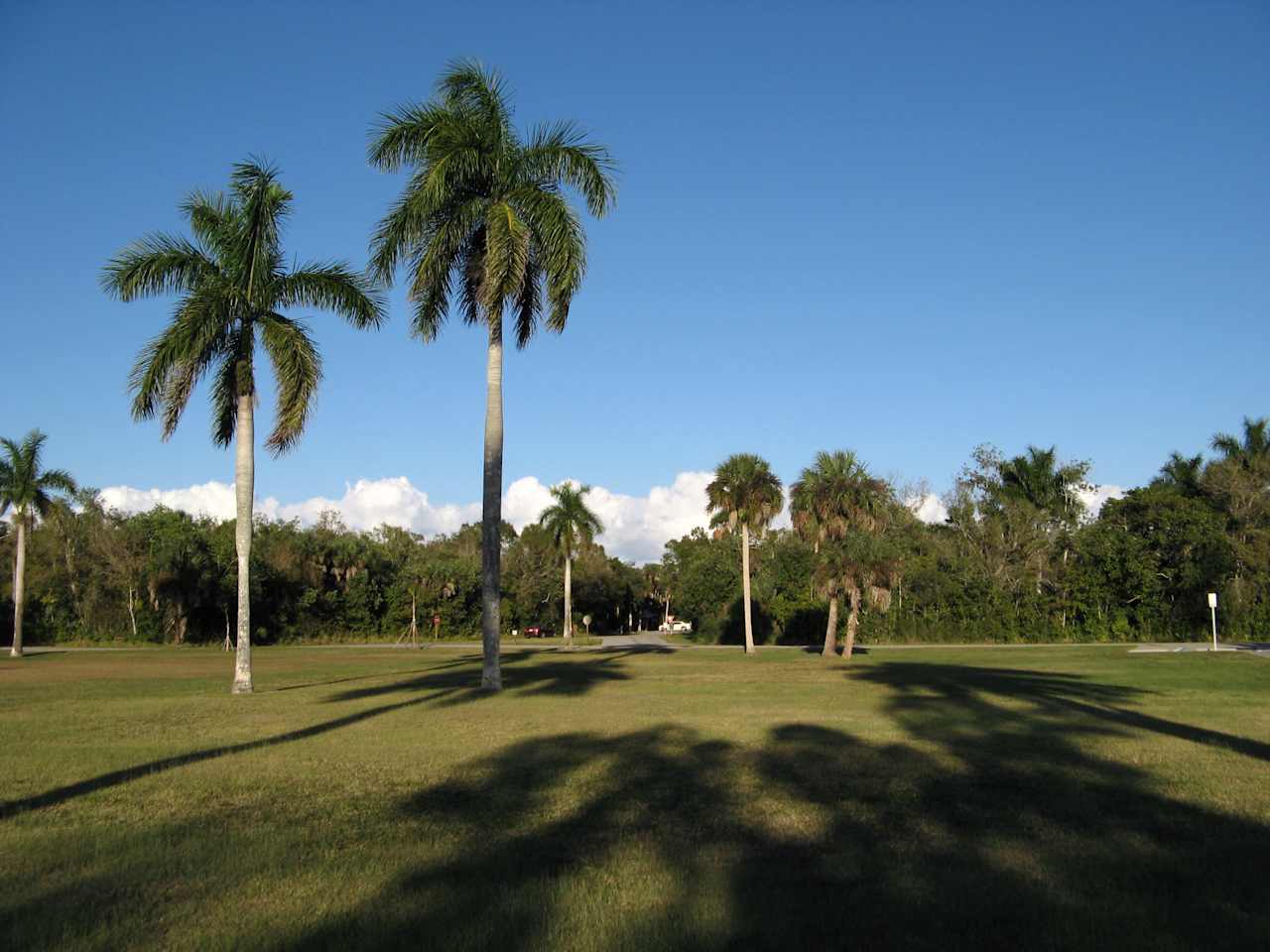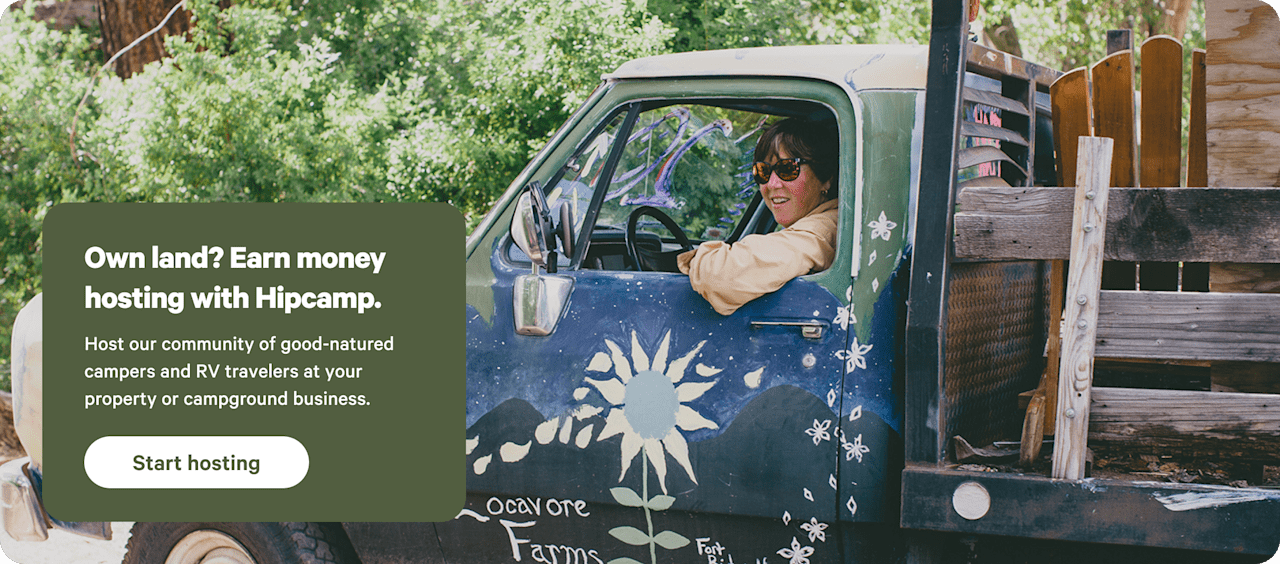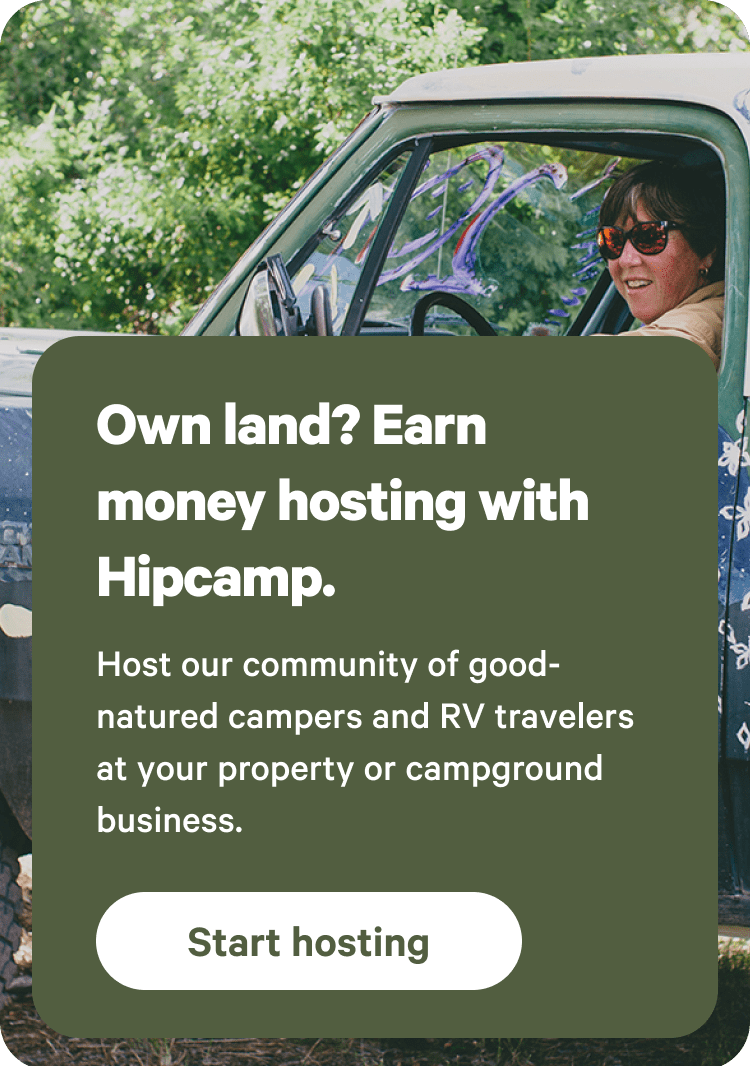- South Florida
Popular camping styles for South Florida
Under $50
"R" camp.
Quiet Country In Florida
Bonita Hideaway
Meadow River Ranch
SWFL Everglades Camping
Dog-friendly getaways
Bonita Hideaway
Meadow River Ranch
Quiet Country In Florida
"R" camp.
SWFL Everglades Camping
12 top campgrounds in South Florida
Bonita Hideaway
SWFL Everglades Camping
"R" camp.
Meadow River Ranch
Quiet Country In Florida
Prana's Paradise
Noda’s Ranch
Paradise Ranch
Longwing Landing Oak Hammock
Melissa D.’s Land
River and Rain Nursery and Farm
AGRITOURISM-Everglades Farms miniCa
Star Hosts in South Florida
"R" camp.
SWFL Everglades Camping
Goodland Waterfront RV Lot
Available this weekend
"R" camp.
Bonita Hideaway
Quiet Country In Florida
SWFL Everglades Camping
Meadow River Ranch
Nearby parks
Explore the area’s public lands.
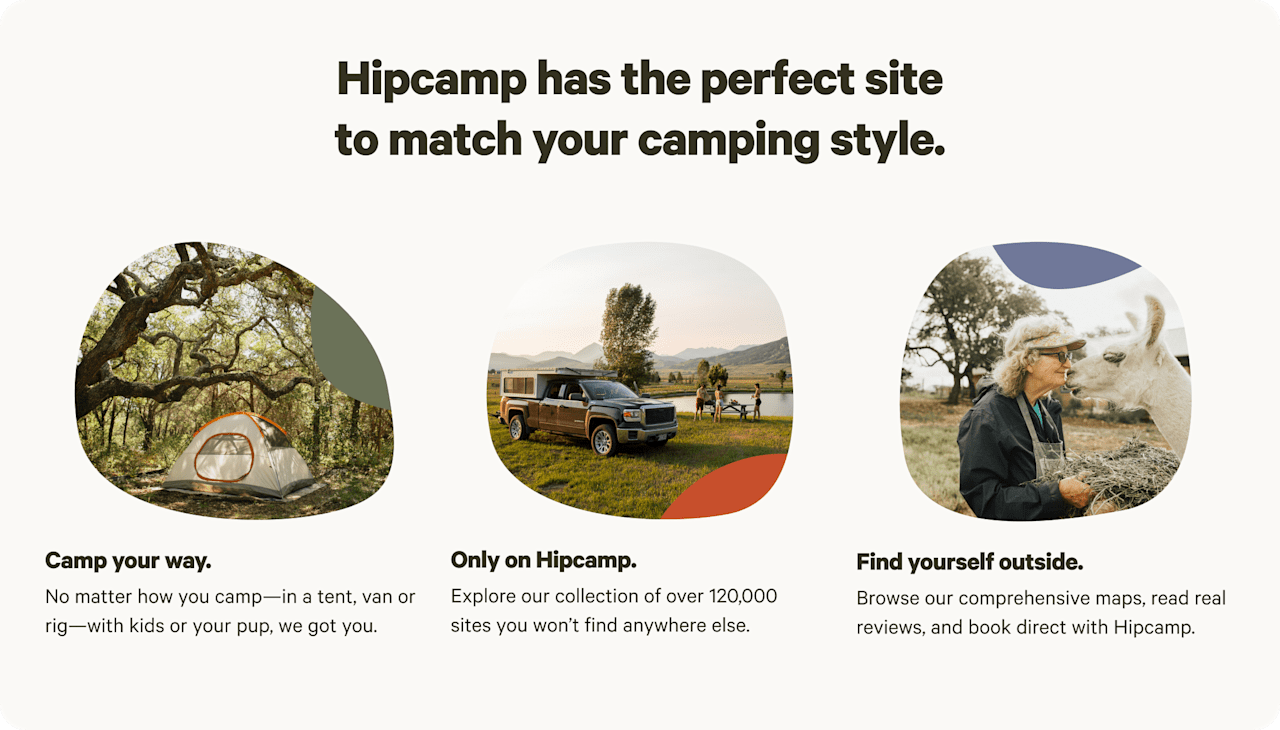

Camping in South Florida guide
Overview
South Florida is buzzing—and no, it’s not because of the wet season. Camp beyond Fort Lauderdale and Miami, and you’ll encounter national parks, turquoise beaches, and coastal towns throughout Broward, Miami-Dade, and Monroe Counties. The stunning region stretches all the way through the Florida Keys, so South Florida campers can pick between campsites on the Gulf of Mexico and the Atlantic Ocean. Granted, football fans may not see Miami dolphins on the field, but head to Key Largo—and you may very well win the game of wildlife spotting.
Where to go
The Everglades National Park
The Everglades holds the title of the largest subtropical wilderness in the United States. Given this size, campers have plenty to see across the park’s grasslands and forests. RV and tent campgrounds come with showers, dump stations, trail access, and even grills. Once you check-in, take a leisurely hike, and try to spot flamingos, osprey, and an assortment of local species.
Biscayne National Park
Like the Everglades, Biscayne is, indeed, a national park, but it opens a different window to Southern Florida’s natural environment. Not far from Miami, Biscayne comes with glistening seas that welcome fish, coral reefs, and snorkelers alike. If you want to unwind, kick back on the sand and soak up the scenery. If you’d prefer a more active camping getaway, grab your scuba gear, kayak, or fishing pole, and take to the water.
The Florida Keys
Salt air, vibrant sunsets, and Ernest Hemingway’s cats—the Florida Keys do it all. Key West not only marks Florida’s southernmost point, but claims the title of the country’s southernmost city. Campers can snorkel, swim, and lounge at a coastal campground. Once you’ve explored your campsite, visit Dry Tortugas National Park for even more views. A night of stargazing from your tent site may leave you tired, so grab a cuban coffee and let the Keys energize you.
When to go
Before you go camping in South Florida, consider the weather, mosquitoes, and wildlife. Avoid coastal Florida during hurricane season, especially if you’re planning a getaway to the Florida Keys. Summer in the Everglades likewise brings bugs, whereas winter’s dry season opens the door for spotting wildlife. However, winter does come with crowds, especially in national parks and resort towns. Spring and fall make for the most neutral camping seasons.



